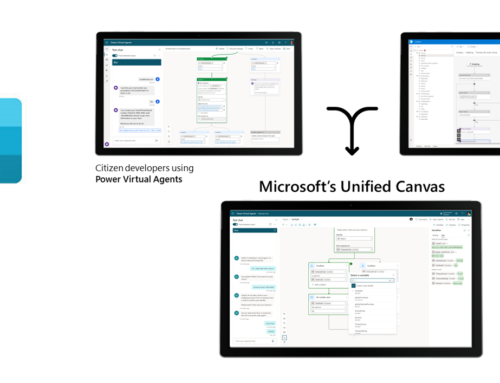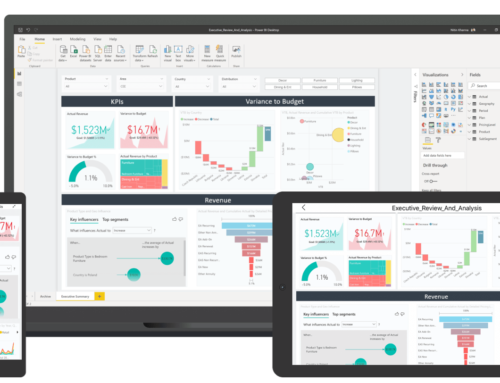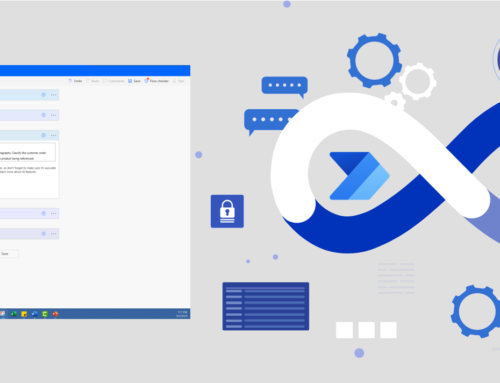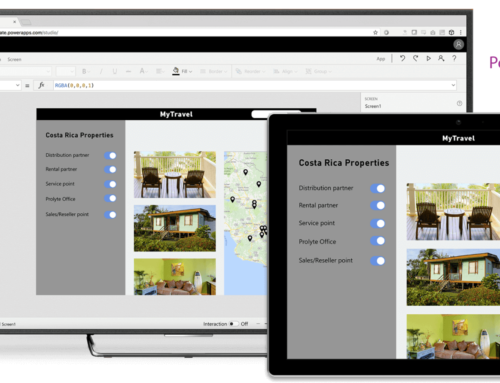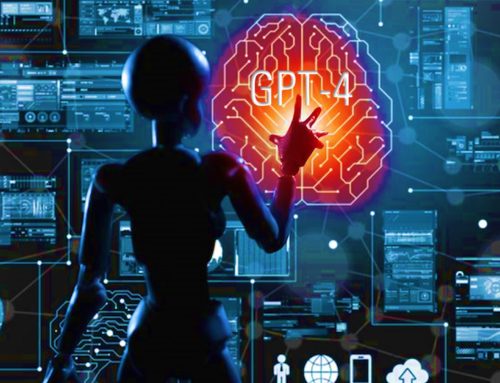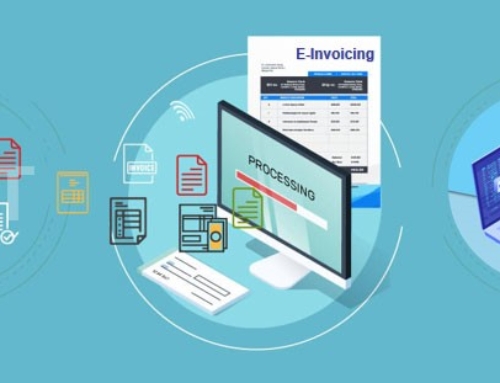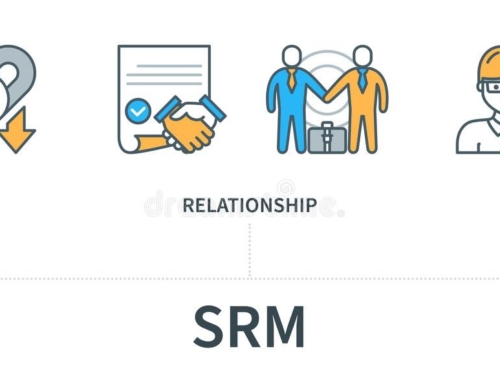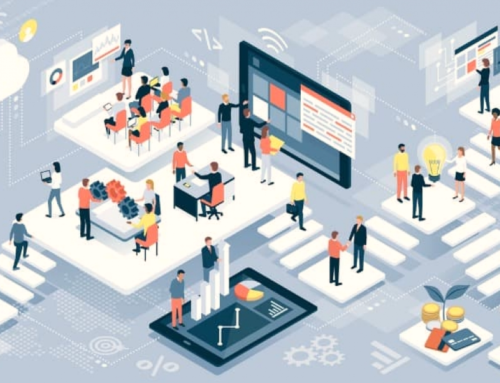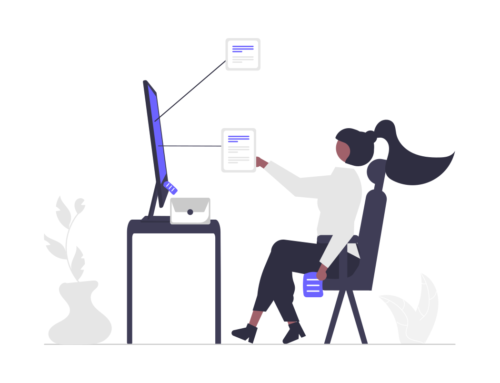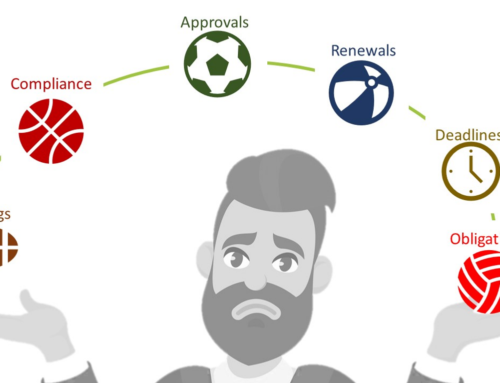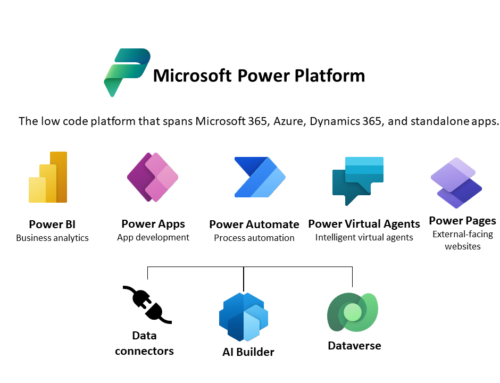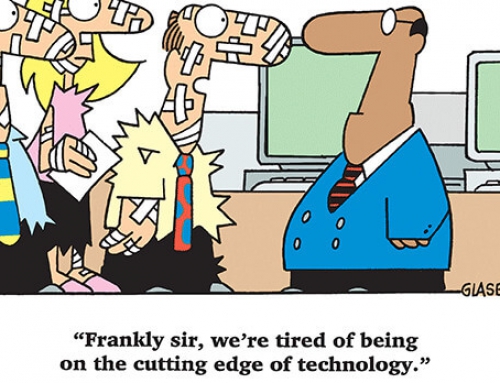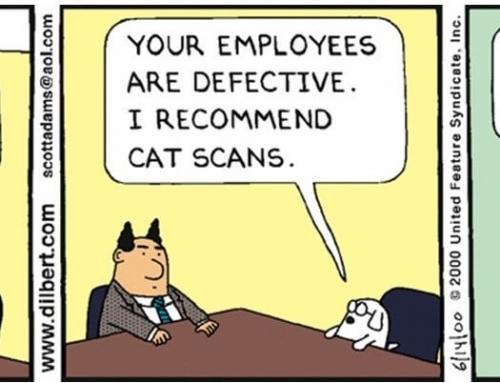Introduction
With the arrival of GPT-4, machines have taken a significant leap towards human-like interaction; and intelligence to address broad and complex problems. As a CIO, it is essential to understand the importance and potential of GPT-4, as well as its imperatives for companies, how it will transform application interfaces and user interaction, application design, and development.
Note: The term GPT-4 is user in this article to represent GPT-4 and other emerging competitors.
Importance and Potential of GPT-4
GPT-4 has enormous potential to revolutionize various industries. The technology allows companies to automate tasks, reduce workload, and improve accuracy. For example, healthcare providers can use GPT-4 to diagnose and treat patients, while financial institutions can use it to detect fraud and improve risk management. Similarly, it can be used to create realistic virtual worlds, as seen in the gaming industry to create virtual environments that can be explored by gamers. The technology can also be used in film production, where it can be used to create realistic computer-generated imagery (CGI).
Imperatives for Companies
The use of GPT-4 requires companies to have a clear understanding of their business needs and objectives. Companies must also have the necessary infrastructure, including hardware, software, and data, to support GPT-4. Additionally, they must have skilled personnel who can develop and manage the technology.
Companies must also be aware of the ethical implications of GPT-4. The technology can be used to create realistic deepfakes, which can be used to spread misinformation and undermine public trust. Companies must ensure that they use GPT-4 ethically and responsibly.
Transforming Application Interfaces and User Interaction
GPT-4 has the potential to transform application interfaces and user interaction. The technology can be used to create chatbots with personalised conversations and experience. It can also be used to create personalized content for users, for example, to recommend movies and TV shows to users based on their viewing history.
Application Design and Development
GPT-4 can also transform application design and development. The technology can be used to automate the design process, reducing the time and effort required to create new applications. It can also be used to automate testing and debugging, reducing the time and effort required to ensure the quality of the application.
Automating/Minimizing User Activities and Preempting User Action
GPT-4 can also be used to automate/minimize user activities and preempt user action. The technology can be used to automate routine tasks, reducing the workload on users. For example, a ride-sharing application may predict where users are likely to go, making it easier for them to request a ride.
GPT-4 can also be used to pre-empt user action, providing them with the information they need before they even know they need it. For example, it may analyse data and reports, analyse pros and cons; and recommend a remedial action.
Approach for CIOs to Leverage the Opportunity for Business Advantage
To leverage the opportunity for business advantage, CIOs must first identify the business needs and objectives that can be addressed using GPT-4. They must also have the necessary infrastructure and skilled personnel to support the technology. Additionally, they must ensure that they use GPT-4 ethically and responsibly.
CIOs should follow a structured approach:
- Understanding the Technology: CIOs should have a deep understanding of GPT-4, including its capabilities and limitations. They should also be familiar with the latest trends and developments in the field.
- Defining Business Needs and Objectives: CIOs should work closely with business leaders to identify the areas where GPT-4 can add the most value. This includes understanding the key pain points and challenges faced by the business.
- Building the Necessary Infrastructure: CIOs should ensure that they have the necessary infrastructure to support GPT-4, including hardware, software, and data. They should also invest in training and development to ensure that their staff has the necessary skills to develop and manage the technology.
- Selecting the Right Vendors: CIOs should carefully evaluate vendors to ensure that they have the necessary expertise and experience in GPT-4. They should also consider factors such as cost, scalability, and security.
- Developing a Proof of Concept: CIOs should develop a proof of concept to demonstrate the potential value of GPT-4 to the business. This can help to build support and buy-in from key stakeholders.
Key Risks and Pitfalls to Avoid
While GPT-4 has enormous potential, it also comes with significant risks and pitfalls. Some of the key risks and pitfalls to avoid include:
- Ethical Concerns: Such technology can be misused to create realistic deepfakes, which can be used to spread misinformation and undermine public trust. CIOs should ensure that they use GPT-4 ethically and responsibly.
- Security Risks: Such technology can also be misused by malicious actors to create fake content or launch attacks. CIOs should ensure that they have robust security measures in place to protect against these threats.
- Lack of Skilled Personnel: Use of GPT-4 requires specialized skills and expertise. CIOs should invest in training and development to ensure that their staff has the necessary skills to develop and manage the technology.
- Integration Challenges: Integrating GPT-4 with existing systems and processes can be challenging. CIOs should carefully evaluate the potential integration challenges and develop a plan to address them.
Conclusion
GPT-4 has enormous potential to transform various industries, but it also comes with significant risks and challenges. CIOs must carefully evaluate the potential benefits and risks of the technology and develop a structured approach to leverage it for business advantage. By following best practices and avoiding key pitfalls, CIOs can unlock the full potential of GPT-4 and drive innovation, growth and competitive advantage for their business.



